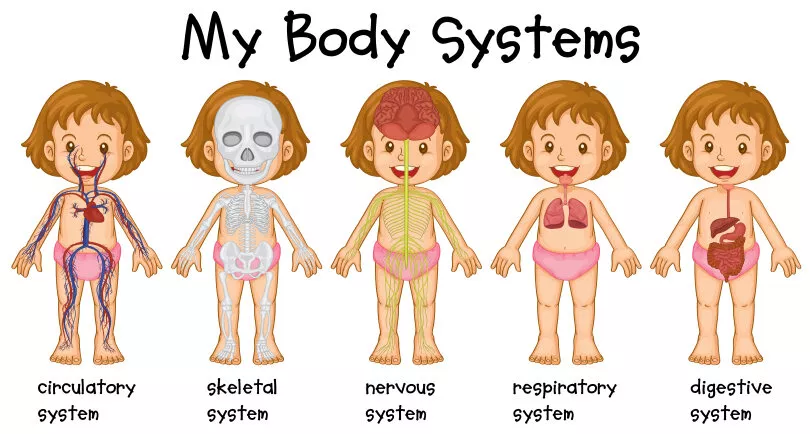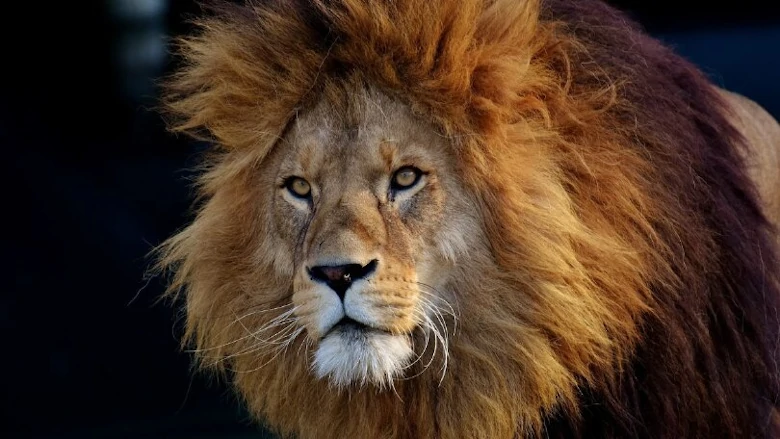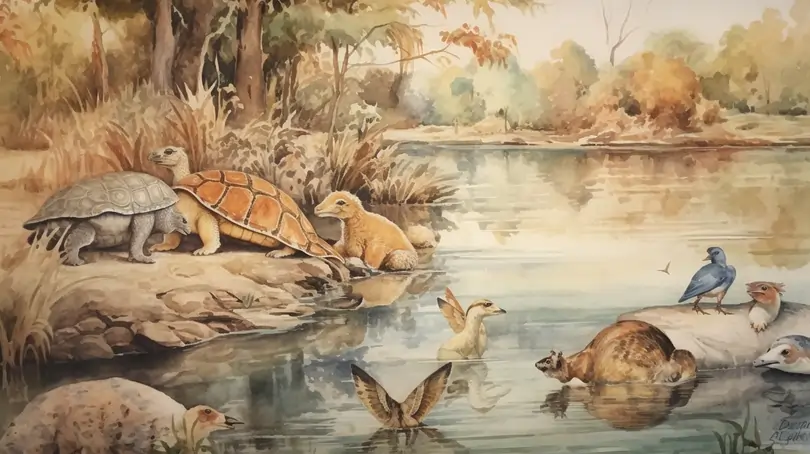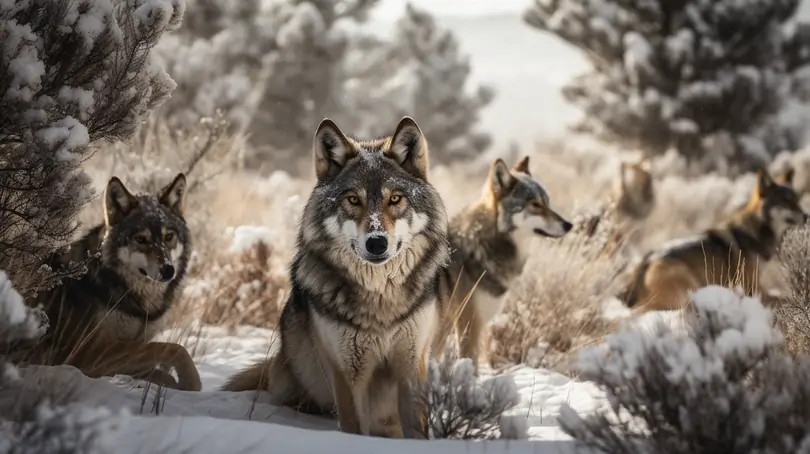Structural adaptations in animals: 20 examples
In the fascinating world of biology, animals have evolved various structural adaptations to survive and thrive in diverse environments. From the soaring heights of mountains to the depths of oceans, each species has developed unique features to suit its habitat.
In this comprehensive guide, we dive into the intricacies of structural adaptations in various animals, exploring 20 remarkable examples that showcase nature's ingenuity.
For more examples (56 to be exact), be sure to check out our article on structural and behavioural adaptations in animals!
Watch our video lesson!
Note: This video lesson on Adaptations is just one of the many weekly GenieClass lessons you can attend from the comfort of your home. If you prefer learning in a physical classroom, check out our new tech-enhanced tuition classes at Geniebook CAMPUS.
What are Structural Adaptations?
Structural adaptations refer to physical features or characteristics that enable an organism to better survive and reproduce in its environment. These adaptations can involve changes in body shape, size, colouration, or the development of specialised appendages. By evolving these traits over generations, animals increase their chances of survival in challenging habitats.
Examples of structural adaptations in animals
1. Polar bear - Cold-weather marvels
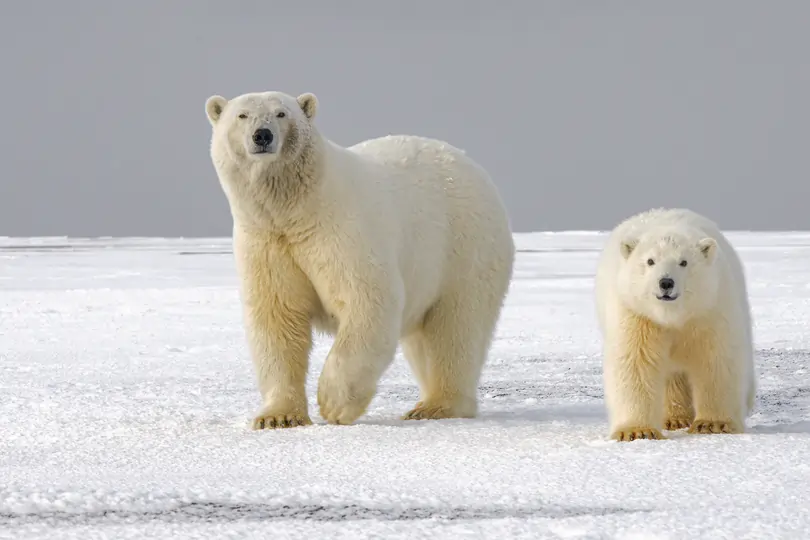
The polar bear is a true cold-weather specialist, perfectly adapted to the harsh Arctic environment. One of their most crucial adaptations is their dense layer of blubber, which acts as both insulation and an energy reserve. Their fur, although appearing white, is actually translucent and insulates them from the cold while also trapping solar heat. Additionally, their large, powerful limbs and feet are adapted for swimming and traversing ice.
2. The chameleon - Masters of camouflage
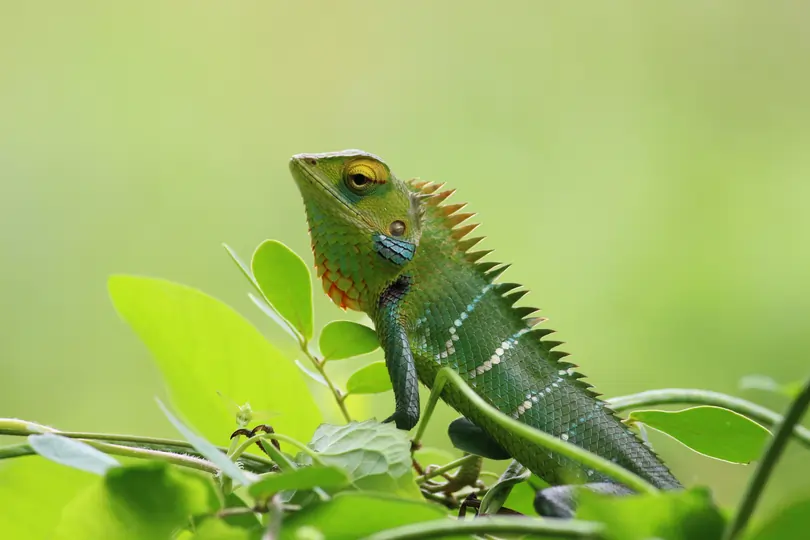
The chameleon is renowned for its extraordinary ability to change colour and blend seamlessly with its surroundings. This remarkable adaptation is primarily controlled by specialised cells called chromatophores in their skin. These cells contain pigments that expand or contract, altering the chameleon's appearance. By adjusting the distribution and intensity of these pigments, chameleons can remain concealed from predators and ambush prey with remarkable precision.
3. The armadillo - Built-in armour
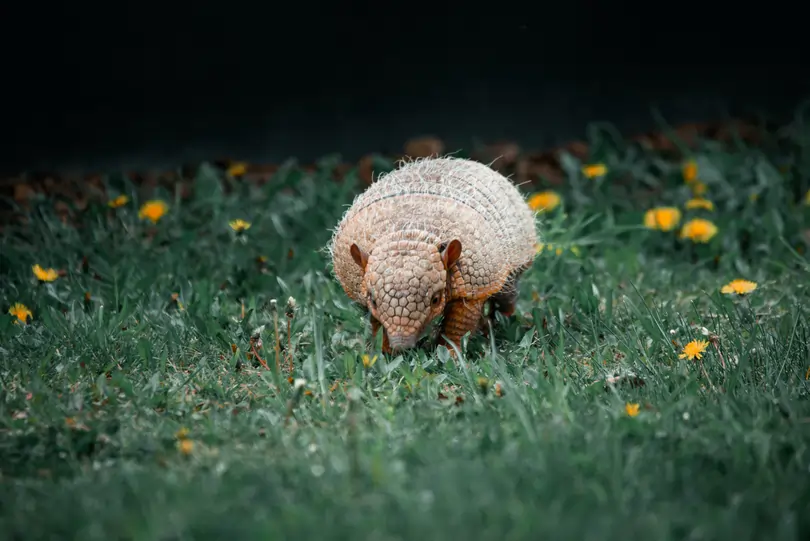
Armadillos, native to the Americas, have a unique adaptation - a tough, bony armour-like shell covering their body. This shell provides protection against predators. When threatened, armadillos can roll into a tight ball, making it nearly impossible for a predator to reach their vulnerable parts. This natural armour has allowed armadillos to survive in regions where predators are common.
4. The hummingbird - Aerial acrobats
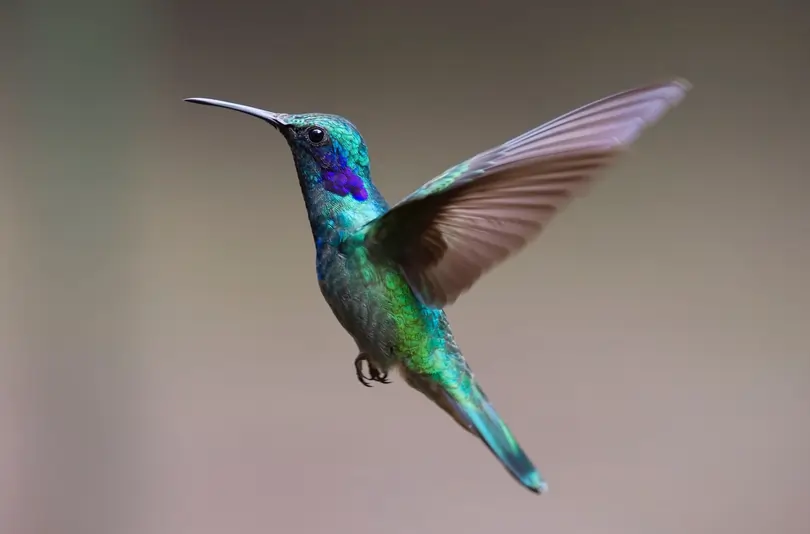
Hummingbirds are known for their astonishing agility in the air, which is made possible by their structural adaptations. Their wings are jointed close to their bodies, enabling them to rotate them in a figure-eight motion, a key factor in their ability to hover in place. Additionally, their rapid wing flaps, often exceeding 50 beats per second, allow them to hover and feed on nectar from flowers, a unique adaptation in the avian world.
5. The elephant - The marvellous trunk

Elephants possess one of the most remarkable structural adaptations in the animal kingdom - their trunk. This elongated, muscular organ serves numerous functions, including drinking, spraying water for cooling, grasping objects, and gathering food. It's so versatile that it's often compared to an extra limb. Within the trunk are thousands of muscle units, allowing for precise control and incredible strength.
6. The platypus - Nature's oddity
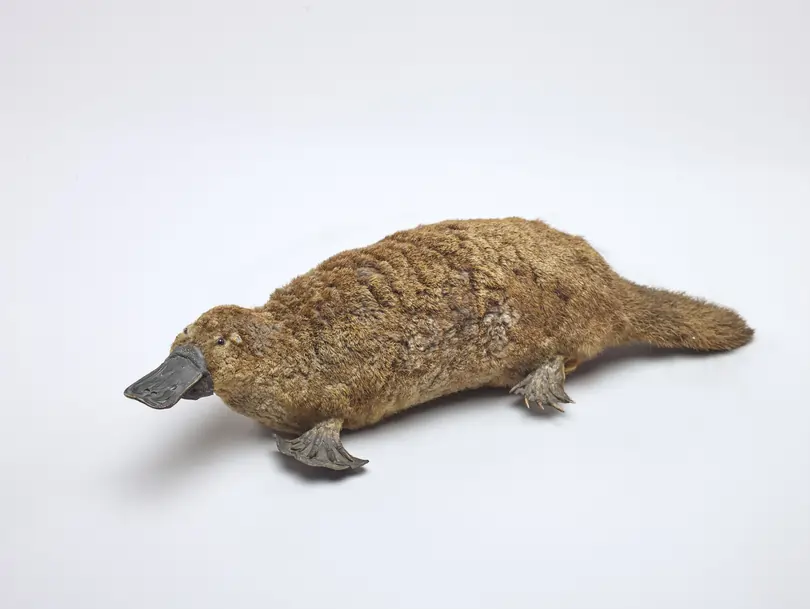
The platypus, native to Australia, is a true oddity in the animal kingdom. One of its most intriguing structural adaptations is its bill, which is equipped with electroreceptors. These specialised sensors detect the electric fields generated by the muscles and nerves of prey, allowing the platypus to hunt underwater with incredible precision, even in complete darkness.
7. The cheetah - Speed demons
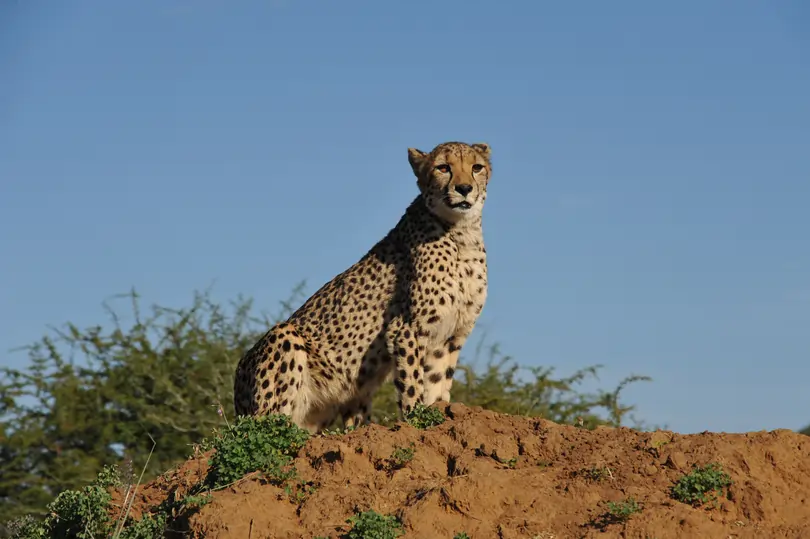
Cheetahs are the fastest land animals, capable of reaching speeds of up to 70 miles per hour. Their structural adaptation for speed includes lightweight bodies, long, powerful leg muscles, and non-retractable claws that act like cleats, providing traction during sprints.
8. The camels - Desert survivors
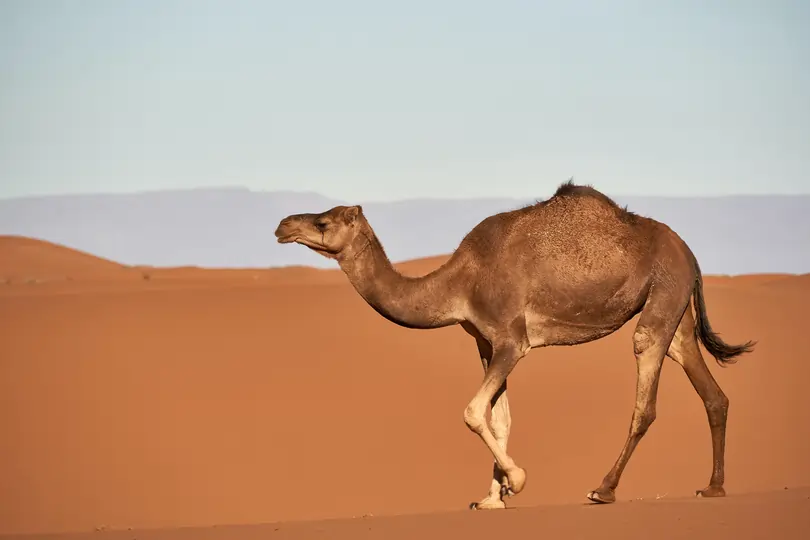
Camels are desert survivors thanks to their remarkable structural adaptations. Their humps, contrary to popular belief, do not store water but rather fat. This fat can be metabolised into both energy and water, providing camels with essential resources in arid environments.
9. The narwhal - The unicorn of the sea

Narwhals, often called the "unicorns of the sea," have long spiral tusks that are actually elongated teeth. These tusks have sensory capabilities and are used for communication, hunting, and breaking ice to create breathing holes.
10. The leaf-tailed gecko - Masters of disguise
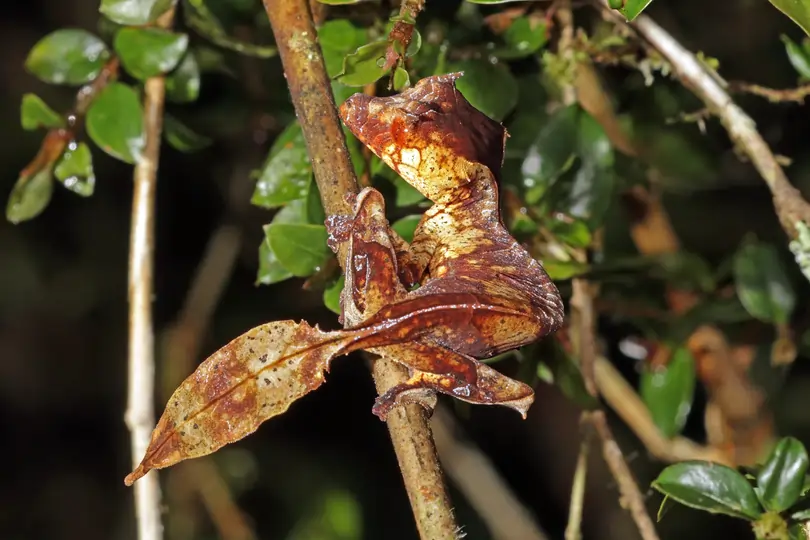
Found in Madagascar, leaf-tailed geckos have flattened bodies and tails that resemble leaves. These structural adaptations, along with their remarkable ability to change colour, help them disappear into their rainforest habitats, evading predators.
11. The archerfish - Precision hunters

Archerfish are freshwater fish with a unique adaptation for hunting. They shoot jets of water from their mouths to knock down insects on overhanging branches, then scoop up the fallen prey. Their precision and ability to calculate the refraction of light through the water's surface make them exceptional hunters.
12. The woodpecker - Drummers of the forest
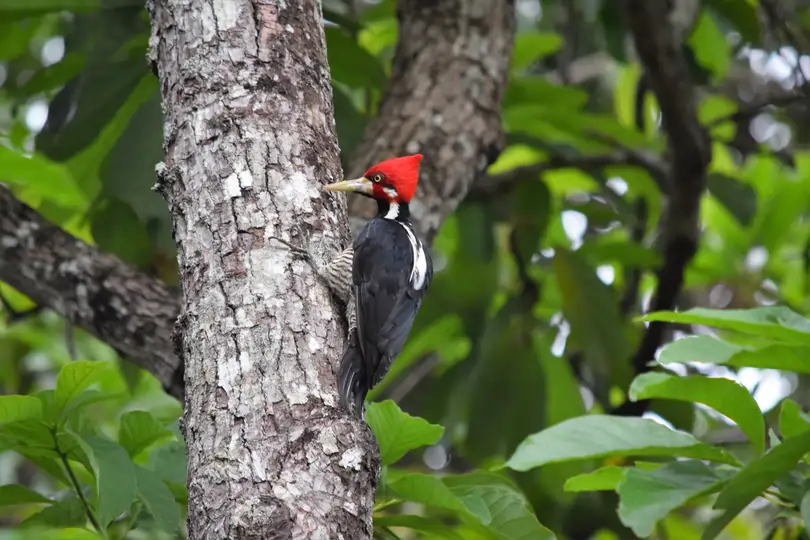
Woodpeckers have several structural adaptations that allow them to drill into wood. Their strong, chisel-like beaks are designed for pecking, while their heads are equipped with a shock-absorbing system, preventing brain injury when hammering against trees.
13. The fennec fox - Desert ears
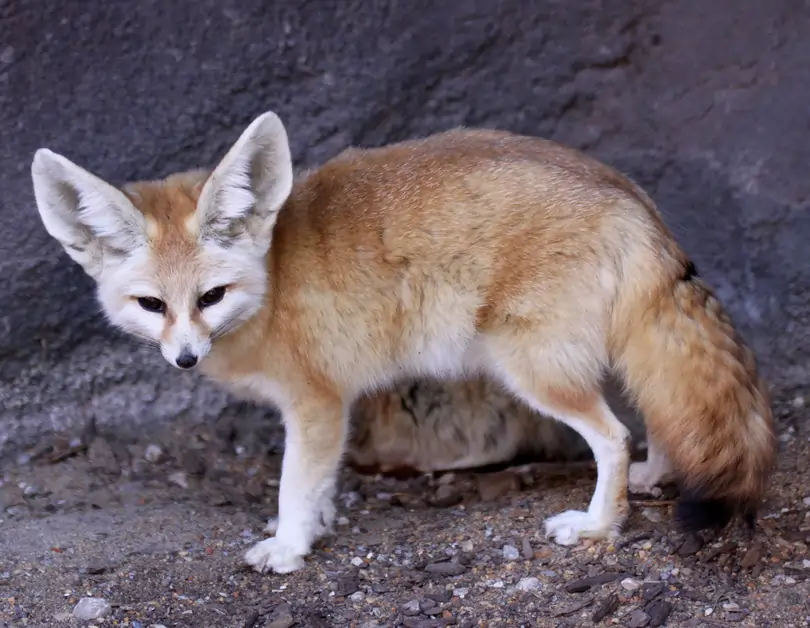
Fennec foxes, residents of the Sahara Desert, have large ears that help them dissipate heat. These ears also enhance their hearing, allowing them to detect prey, such as insects and small rodents, underground.
14. The mantis shrimp - Visual superheroes

Mantis shrimps are marine crustaceans with some of the most complex eyes in the animal kingdom. Their eyes can detect polarised light and have an astounding colour range, providing them with exceptional visual capabilities for hunting and communication.
15. The koala - Eucalyptus specialists
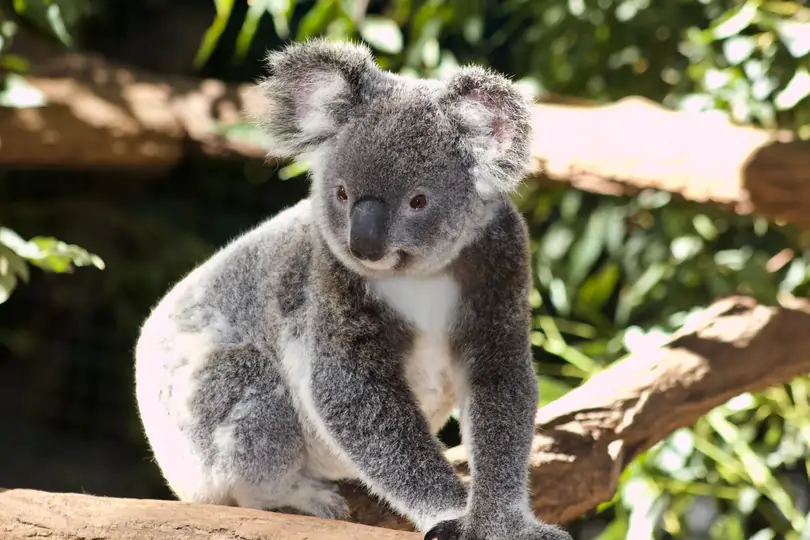
Koalas are well adapted to their eucalyptus leaf diet. They have specialised teeth designed for grinding tough eucalyptus leaves, and their livers are capable of detoxifying the chemicals present in these leaves, making them unique marsupials.
16. The sloth - Tree-dwelling slowpokes
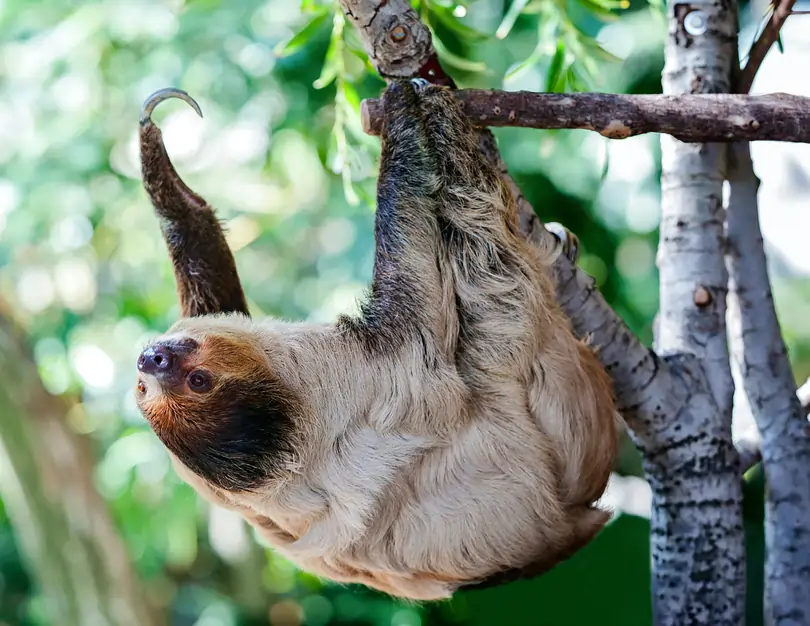
Sloths, known for their deliberate pace, have structural adaptations that suit their tree-dwelling lifestyle. They possess long, curved claws that allow them to hang upside down from branches, making them efficient and inconspicuous in the canopy.
17. The seahorse - Masters of camouflage

Seahorses have evolved a unique adaptation: they can change colour and blend into their surroundings. This helps them avoid predators and ambush their tiny prey by striking with their elongated snouts.
18. The praying mantis - Stealthy predators
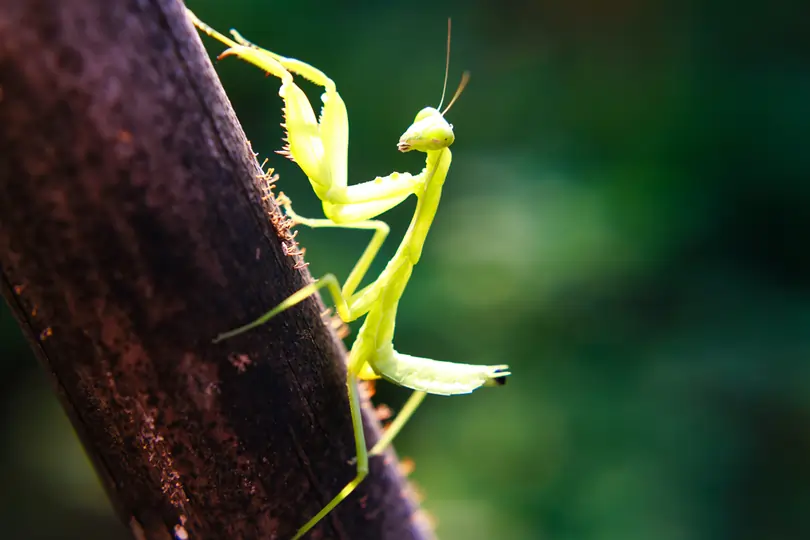
Praying mantises have forelimbs that are adapted for grasping and holding prey with a vice-like grip. Their triangular heads and large, compound eyes give them excellent vision for detecting potential victims.
19. The kangaroo - Hopping marvels
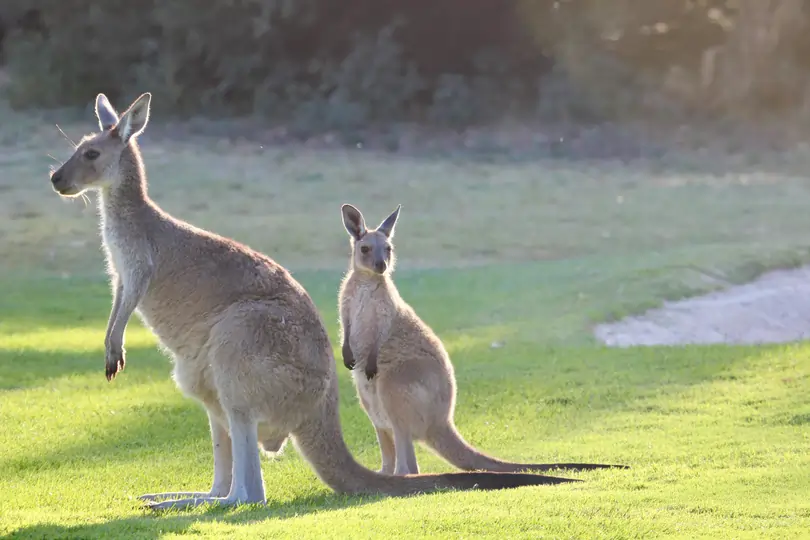
Kangaroos are famous for their hopping locomotion, which is incredibly efficient. Their long and powerful hind limbs, combined with elastic tendons in their legs, allow them to cover vast distances with minimal energy expenditure.
20. The crocodile - Living fossils

Crocodiles have barely changed over millions of years, and their adaptations have made them apex predators. Their streamlined bodies, powerful jaws, and exceptional swimming abilities make them formidable hunters in both water and on land.
Conclusion
These 20 animals and their structural adaptations highlight the astonishing diversity of life on Earth and the many ways in which creatures have evolved to thrive in their environments. Each adaptation is a testament to the ingenuity of evolution, allowing these animals to carve out unique niches and prosper in the natural world.


 SG
SG  VN
VN 

